To better understand the complexities of immigrant food culture and its role in cultural adaptation, as well as to gain deeper insights into how immigrant communities adapt through food culture in new urban environments, I interviewed the owner of a Hong Kong rice noodle restaurant in London. This conversation provided me with valuable insights that will significantly inform my future research.
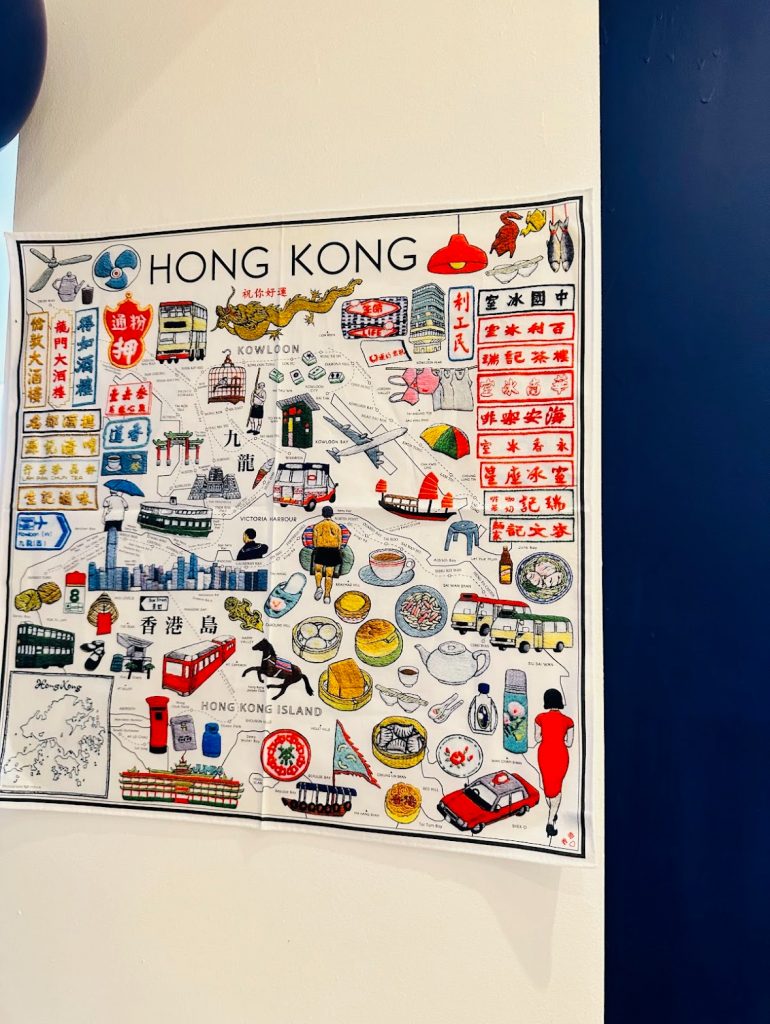
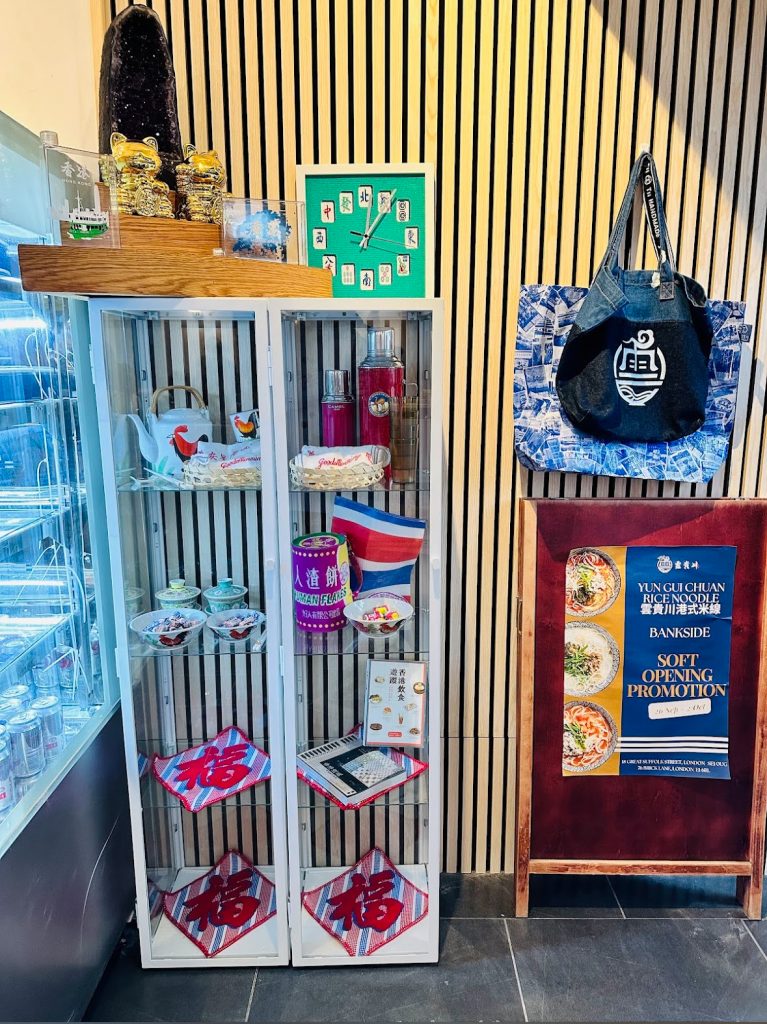
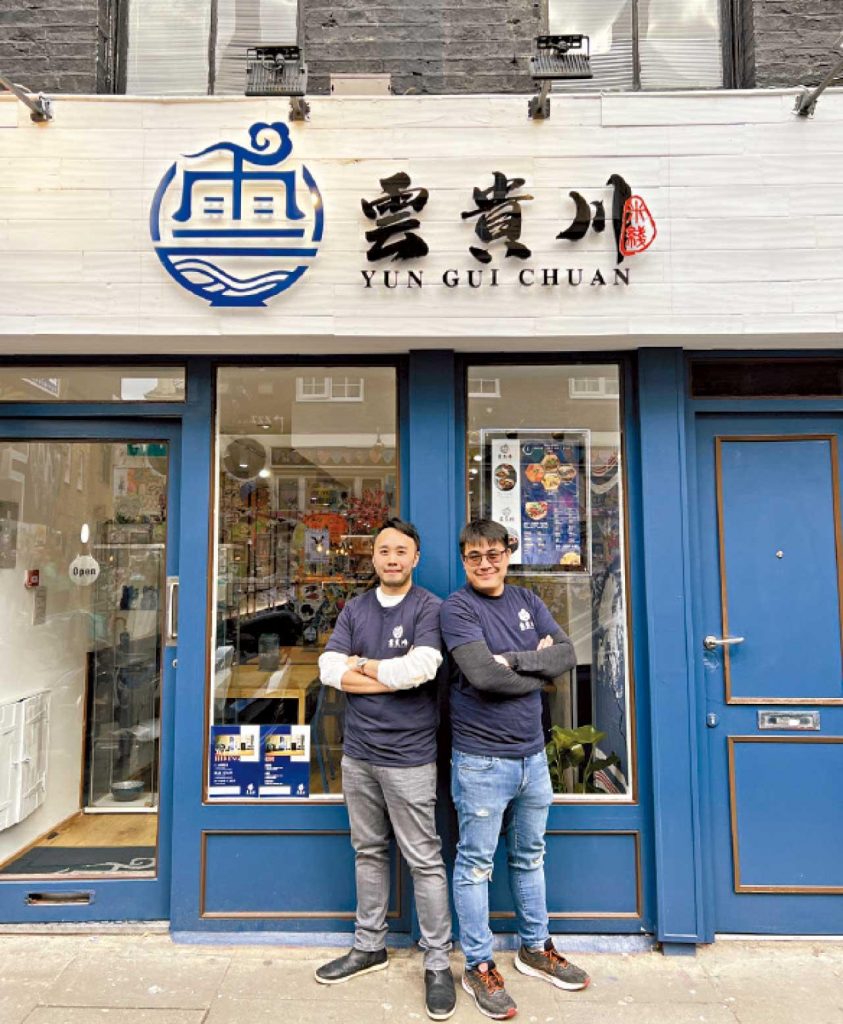
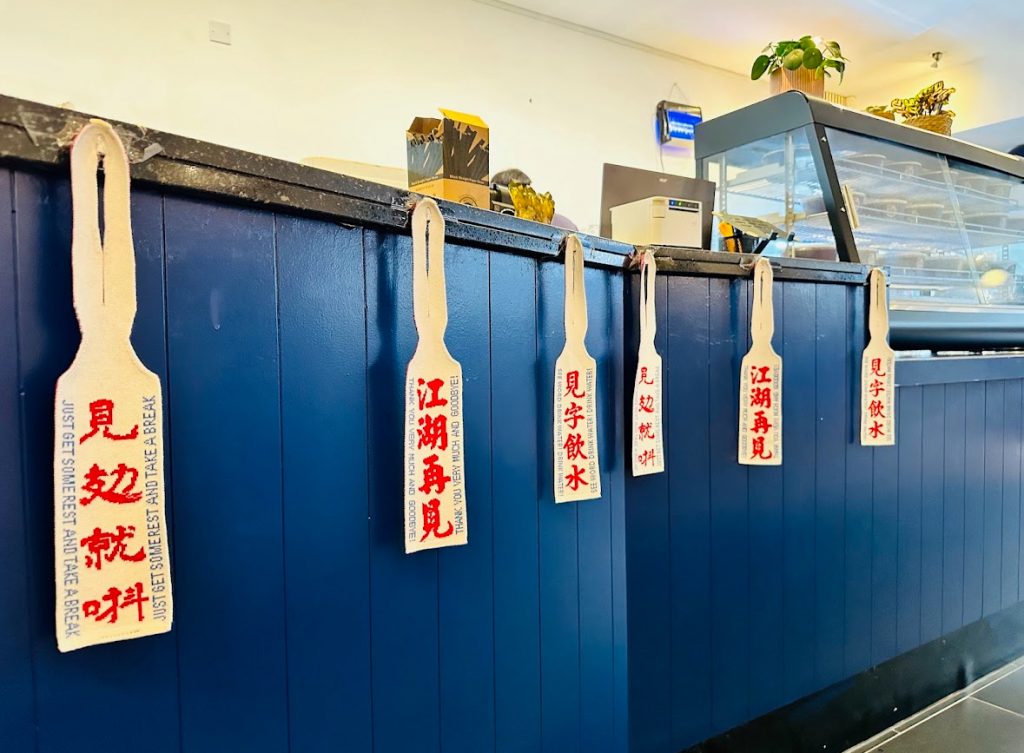
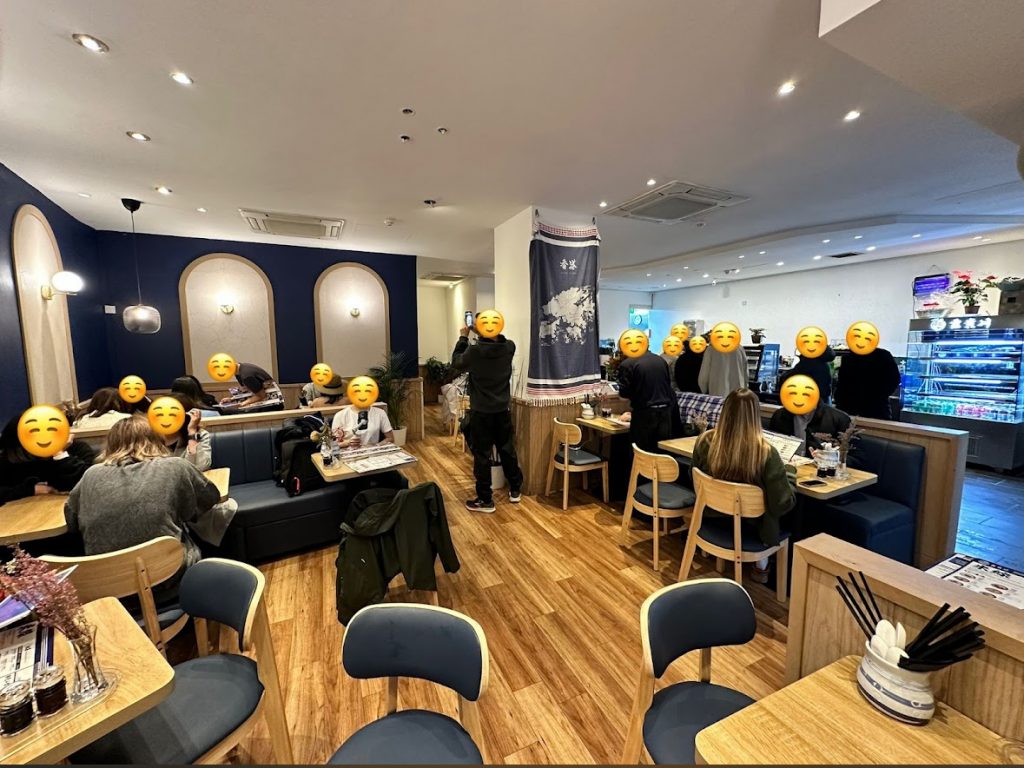
First, during the interview, we discussed the balance between cultural preservation and innovation. The restaurant owner explained how they attract the immigrant community by preserving classic Hong Kong dishes, such as rice noodles and chicken skewers, while attracting local customers with innovative dishes like stir-fried rice noodles. This approach of maintaining tradition while embracing flexibility made me realise that cultural preservation and adaptation are not opposing forces but complementary strategies. Meanwhile, this idea is particularly enlightening for my research, as it highlights that what immigrant communities seek in food is not merely the “taste of home” but also a means to establish connections with their new environment. The balance achieved by this restaurant reflects the evolution of immigrant culture in new place, which is a theme I aim to explore further.
Secondly, I observed how the restaurant presents Hong Kong cultural elements, such as Star Ferry images, with local cultural influences in its design and operations. My conversation with the owner deepened my understanding that immigrant food businesses are not just spaces for cultural preservation but also serve as bridges between localization and globalization. This discovery also led me to rethink the role of globalization in shaping food culture. I think this perspective offers a new lens for analysing how food culture can become a tool for cultural adaptation, so I would like to focus more on the potential of immigrant dining spaces to promote cross-cultural interaction in my research.
Additionally, the words of “collective memory” and “belonging”appears multiple times during the conversation. This enhanced my belief that food is not only a source of sustenance but also carries deep cultural emotions and identity. Such insight resonated strongly with me, as it aligns with my previous readings: food plays a critical role as emotional support in the process of cultural adaptation. For many immigrants, food acts as a bridge connecting their new lives with their roots back home, providing emotional solace amid cultural dislocation. Therefore, I would like to delve deeper into how this emotional bond influences the psychological adaptation and cultural identity of immigrant communities in my upcoming research.
Overall, this interview has provided a concrete case study for my research, as well as a deeper understanding of the multifaceted nature of food culture. Thus, I could further explore these questions and uncover how food serves as a bridge for immigrants, offering both a sense of belonging and a platform for cultural dialogue.